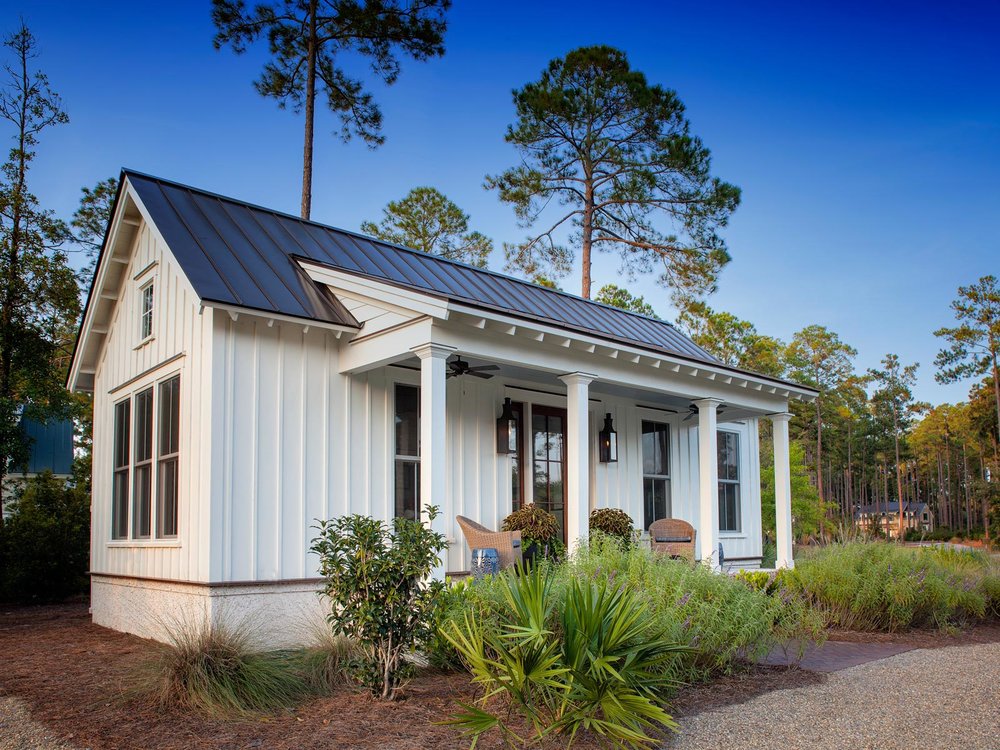As a homeowner in a hurricane-prone state, you know once June rolls around, heavy downpours and damaging winds can happen anytime. You may have already prepared yourself with an emergency supply of food, water, candles, matches, and sandbags. Still, you should consider the best roof materials for hurricanes to protect your home. It’s wise to place your roof’s protection at the top of your to-do list for the upcoming season.
Best Roof Materials for Hurricanes

The reliability of your roof is as vital as your home’s foundation. Without safe, high-quality materials, your roof can start to wither away, leaving you with more destruction and costly repairs than expected.
So, what are the best roof materials for hurricane protection? Here are the three most common ones to consider:
1. Asphalt Shingles
Asphalt shingles are traditionally more cost-effective, ranging from $1.75 to $5.50 per square ft. They’re lightweight, waterproof, and can withstand winds up to 110 mph. They’re also simple to install and last between 15 to 30 years.
2. Slate Tiles

This eco-friendly option consists of natural rock. Slate tiles may be heavier than other roof materials, last up to 125 years, and cost between $15 to $30 per square foot.
3. Metal Roofing
Metal roofing has become one of the fastest-growing roof materials, and for a good reason. This durable roofing can withstand up to 160 mph winds and costs between $3 to $30 per square foot, depending on the type of metal roofing you buy. Metal roofs can also be combined with solar panels to reduce electricity costs. If you’re a Florida homeowner, a metal roof may be a safe and effective option for hurricanes.

Start Preparing Now
As you evaluate which materials you need for a hurricane-proof roof, you may want to measure the pitch and examine the roof’s pressure points. Ensure these are up to code for hurricane season. Taking these steps now can put your mind at ease, knowing that you’ve protected your valuable investment.
Thanks to 1stcoastmrs.com for consulting.
























